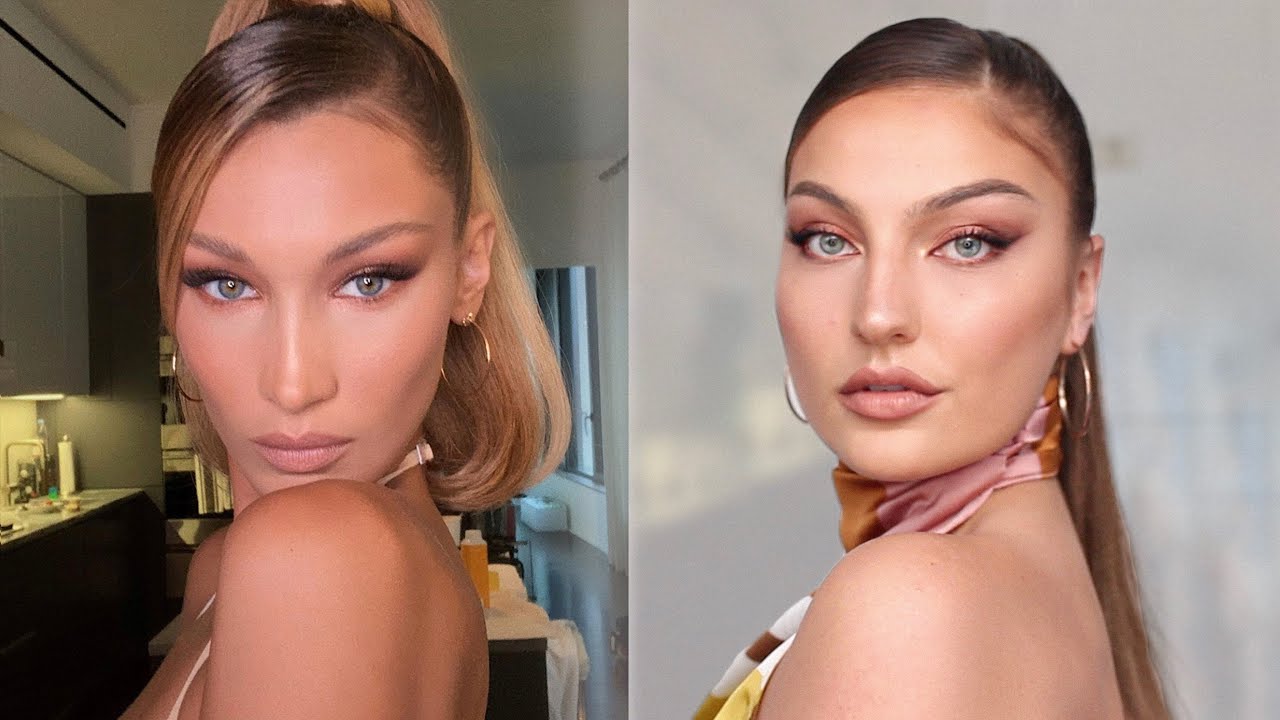Almost every Asian-American is familiar with the slant-eye gesture: a person places their fingers on the edges of their eyes and squints in an attempt to mimic the stereotypically Asian facial feature of slanted almond eyes.
Russian women's volleyball coach does slant eye gesture after defeating South #Koreahttps://t.co/M0d3UiRhEH pic.twitter.com/QnyikoYzvZ
— disco (@HopClear) August 9, 2019
It’s a universally recognized symbol of hatred and xenophobia. From yellowface in Hollywood to World Cup fans utilizing the gesture to mock a South Korean soccer team, the slanted eye stereotype has been weaponized by many to promote and normalize anti-Asian racism.
In recent months, however, beauty standards have shifted to co-opt slanted eyes as a new trend marketed as “fox eyes.” In the age of the Instagram Face, racial ambiguity is becoming the norm as predominantly white influencers flaunt plump lips, fake tans, and now, slanted eyes. Models and TikTok influencers have capitalized on the trend, often shaving their eyebrows, using elongated eyeliner, and stretching their eyes out to emulate “fox eyes.”
https://twitter.com/beefmoodon/status/1277725613357273093
https://www.instagram.com/p/CAp7WqQAf-b/
https://twitter.com/rudyswervoo/status/1274786627064401920
The trend has been met with much pushback. Notably, many Asian-Americans are voicing their concerns with the sudden fetishization of traditionally-Asian eyes and sharing their own experiences with people mocking their facial features.
I hate the “fox eye” trend sm cause Asian girls and Asians in general used to get bullied so hard for having “chinky” eyes yet when white girls make it a trend it’s okay … NO y’all owe the Asian community an apology and stop colonizing EVERYTHING
— krabby patty 😡 (@itzpat19) June 26, 2020
https://twitter.com/vivienkylee/status/1278086552392957954
https://twitter.com/melishkaaaa/status/1276606678935523329
To all you non-Asian people. STOP doing the fox eye “trend” idc if you didn’t have any intention of being offensive and NO it’s not “just makeup” it’s completely insensitive of you to even be doing it given the trauma most of us went/still go through. the audacity y’all have. pic.twitter.com/uQH946hYXh
— Hurricane (@katrinakzhu) July 3, 2020
Historically, the slanted-eyes pose— which often accompanies fox-eye photos— has been used to poke fun at Asian features. Its use in fox-eye photos hearkens back to a darker history of xenophobic and racist bullying for many Asian-Americans. In many ways, the fox eye trend is a racist caricature of Asian-Americans and it belittles the years of oppression faced by people who naturally have “fox” eyes without makeup or surgical enhancement.
The co-opting of slanted eyes fits into a larger dialogue around cultural appropriation and the evolution of American beauty standards. Powerful influencers like Addison Rae and Kim Kardashian have all been accused of Blackfishing. Now, more than ever, non-Eurocentric features are being cherry-picked to generate a new ideal of beauty that fetishizes racial ambiguity.
nobody’s talking abt addison rae switchin up ethnicities on us pic.twitter.com/ZGCWKYZyEx
— Iaine (@luvrslaine) June 29, 2020
https://twitter.com/Isabell22660701/status/1276745886421352455
Non-Eurocentric features are being treated, more or less, as a trend– and that’s the problem.
From a young age, Eurocentric standards of beauty touted in large publications, like Vogue, distorted my definition of “beauty”— from the little representation Asian-Americans did receive in the media, Asian models always squeezed into comfortably racist idealizations of Asian culture. As an Asian-American, I’ve always lacked a sense of self-love and comfort in my facial features — something that white children are accustomed to. When I was 10, pressured by magazines that idolized doe-eyed European models, I would download facial distortion apps to imagine a more “attractive” version of myself with lighter skin, larger eyes, and a smaller nose.
I’ve always suffocated under Eurocentric notions of beauty that labeled me and my small eyes as “chinky.” And now, those same facial features are depicted as sexy and trendy— but only when it’s on a white person’s face.
The description of fox eyes as a “trend” implies that it will soon fade out of relevance — but for me and millions of other Asian-Americans with “fox” eyes, it’s something we have to live with, a permanent burden. In the same way, what will happen when dark skin isn’t “trendy” anymore? For Black people, dark skin isn’t a trend— it’s a lived reality that has severe consequences when it comes to police brutality and systemic racism in a broader context.
Featured image via Youtube












